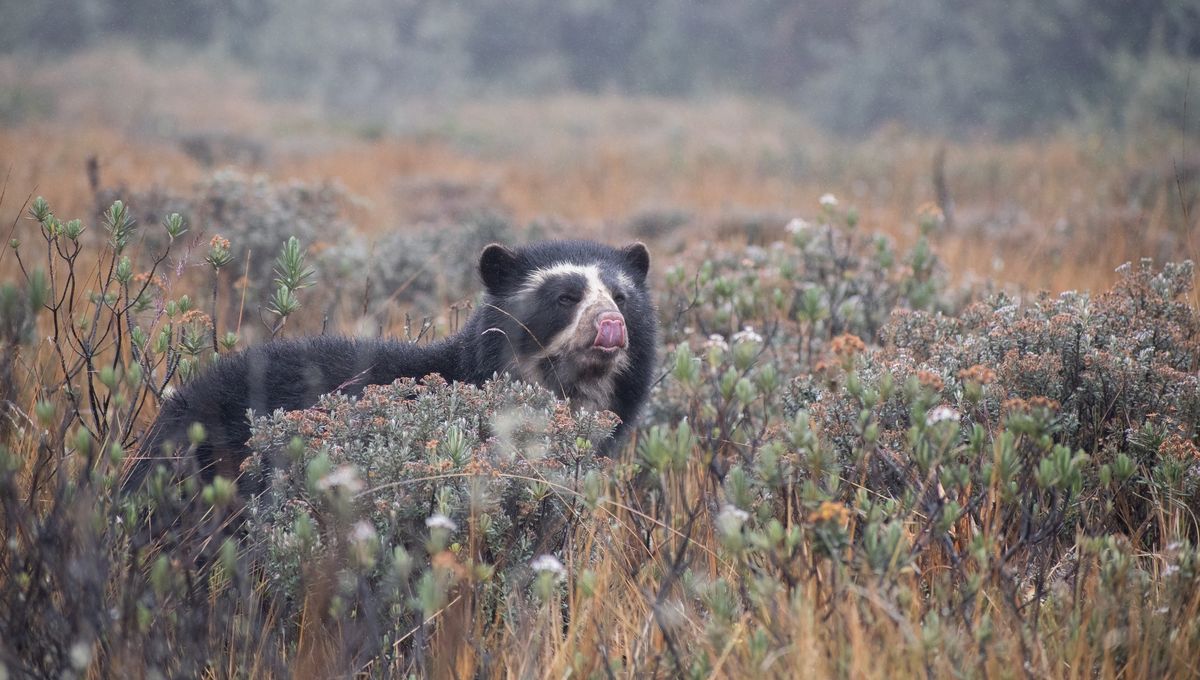
Here at IFLScience, we strive to give you the answers to some of science’s most pressing questions. Are we alone in the universe? Do animals think? But the latest is by far the most important – does the real-life Paddington Bear love marmalade as much as its fictional counterpart?
The first step in finding out is to know what kind of bear Paddington is. He’s known to come from “deepest, darkest Peru” and the only bear species that’s native to the country – and the entirety of South America, in fact – is the Andean bear (Tremarctos ornatus), sometimes called the spectacled bear thanks to their glasses-like facial fur coloring.
In the wild, Andean bears are super elusive animals, which has made it difficult for scientists to study them. However, that doesn’t mean that they’re running a super-secret tropical marmalade factory and gleefully gobbling down their produce à la Aunt Lucy.
While they’re pretty handy creatures, able to build platforms and nests up in the trees, real-life Andean bears haven’t quite figured that one out yet, and as far as we know, scientists aren’t out in the Andes offering up marmalade sandwiches to them (quite rightly, given they’re wild animals).
That being said, there are some indicators from their regular eating habits that suggest they have something of a sweet tooth.
Though Andean bears are omnivorous, known to eat over 300 different plants and over 20 different kinds of animals – including rodents, birds, and insects – it’s more common to see them eating the former.
Of that multitude of plant species, scientists have found that they seem to have a preference; while they can eat grasses, bulbs, and even the flowers off a cactus in a pinch, they appear to have a favorite in palms, bromeliads, and especially, fruit.
Unfortunately, that sweet tooth can also land Andean bears in trouble. They’ve been known to make a meal out of a cornfield, with some farmers illegally killing the bears in retaliation – the IUCN has said this is an “underestimated threat” to a species that is already classed as vulnerable.
There are an estimated 2,500 to 10,000 mature Andean bears left in the wild, and though creative efforts are being made to conserve this population in their own habitat, it’s conservation in zoos where we might finally get our answer as to how the bears would respond to marmalade if given the opportunity.
Noah’s Ark Zoo Farm in Clevedon, England is home to four Andean bears, and last year, keepers took on the very important task of spreading marmalade around the enclosure to find out once and for all.
The bears’ response?
“It turns out they don’t like marmalade…” the zoo reported in a video. “They love it!”
None more so than resident Beni, born the previous year, who was considerate enough to clean off the spoon. What a helpful young man.
Source Link: Does The Real-Life Paddington Bear Like Marmalade?